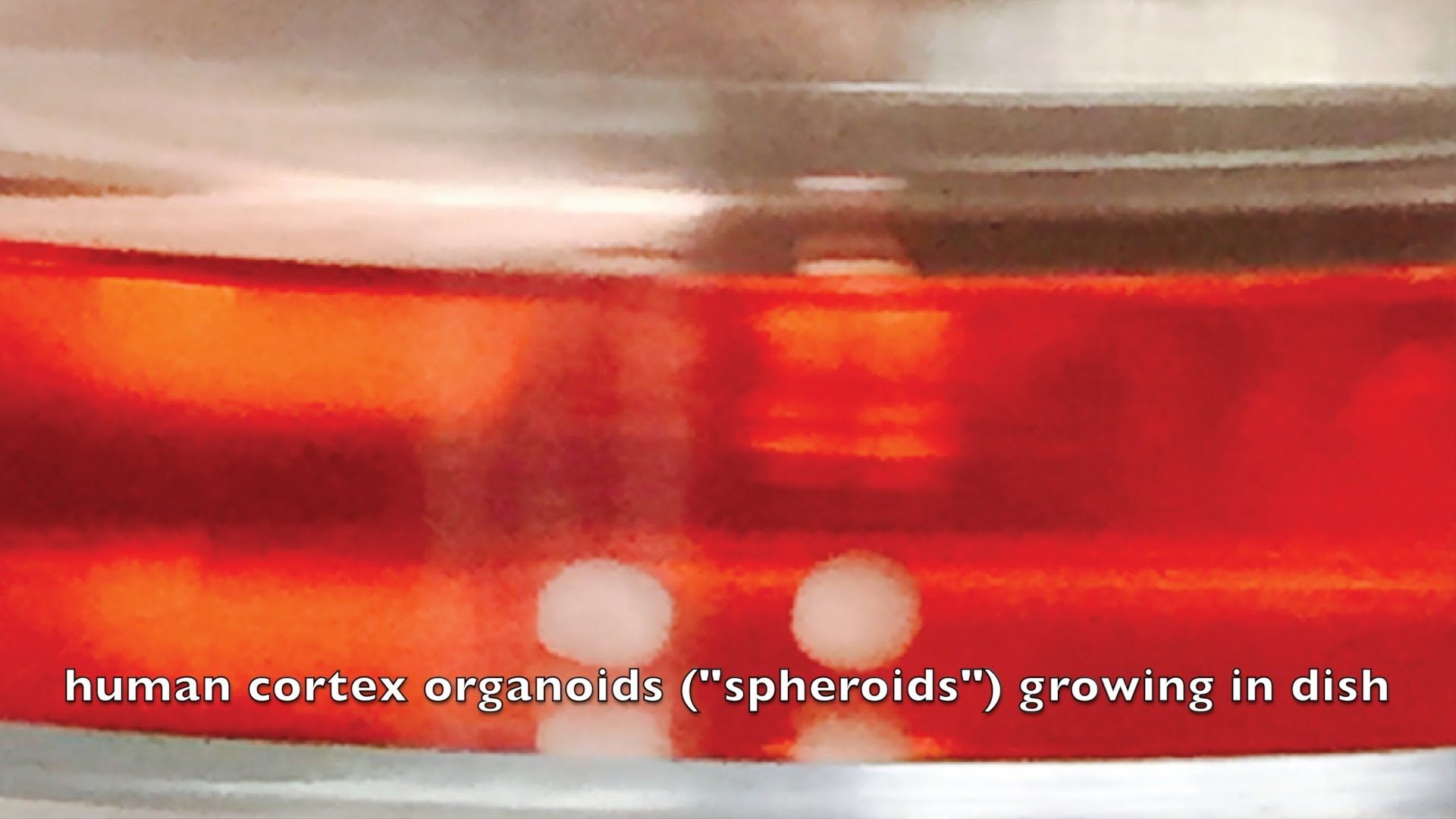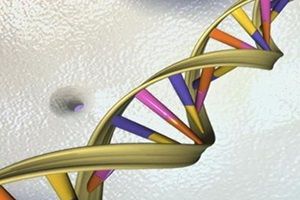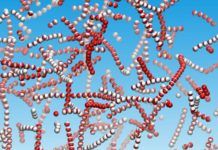Archive for the ‘biotech/medical’ category: Page 2583
Jul 11, 2016
FDA study using genetically engineered cells to treat cancer kills three people
Posted by Karen Hurst in categories: bioengineering, biotech/medical, genetics, neuroscience
(NaturalNews) Earlier this month, Juno Therapeutics, a pioneer in the field of treating cancer using genetically engineered cells, had to halt the development of its lead treatment after the death of three leukemia patients enrolled in the study.
The Seattle-based biotech company reported that the deaths of all three patients, who were in their 20s, were linked to swelling in the brain. The swelling occurred after the company added a second chemotherapy drug to the treatment procedure.
The news of the patient deaths is a big blow for the biotech startup that is developing a new experimental therapy known as chimeric antigen receptor T-cell (or CART) immunotherapy. The setback will likely delay the company’s aim of introducing it to the market by 2017, Juno executives said in a conference.
Continue reading “FDA study using genetically engineered cells to treat cancer kills three people” »
Jul 11, 2016
Research suggests common blood cancer could be prevented before it develops
Posted by Karen Hurst in category: biotech/medical
They discovered that changes in the bone marrow needed for the cancer to grow have already taken hold in the preceding condition, raising the possibility that early medical intervention could prevent this incurable type of cancer from taking root.
The research, which was funded by the blood cancer charity Bloodwise, is published in the journal Leukemia.
Myeloma affects the plasma cells, a type of white blood cell that originates in the bone marrow. Diagnosed in over 4,000 people a year in the UK, fewer than half of patients survive for longer than five years after diagnosis. Symptoms often include debilitating and painful bone damage, anemia and nausea.
Jul 11, 2016
Biodiversity, GMOs, Gene Drives and the Militarized Mind
Posted by Karen Hurst in categories: biotech/medical, existential risks
Nice callout of the Gates Foundation.
“Amaranth, Amaranto, love-lies-bleeding, tassel flower, Joseph’s coat, or ramdana (gods own grain) is the grain of well-being,” Shiva writes. (Photo: Elizabeth Weller/flickr/cc)
A recent report from the National Academy of Science of The United States, titled “Gene Drives on the Horizon: Advancing Science, Navigating Uncertainty, and Aligning Research with Public Values,” warns:
Continue reading “Biodiversity, GMOs, Gene Drives and the Militarized Mind” »
Jul 11, 2016
Mussels inspire scientists to attach biologically active molecule to titanium surface
Posted by Karen Hurst in categories: biotech/medical, materials
Very cool; another example where nature inspires others. Einstein was inspired often by nature and its environment.
Titanium is used medically in applications such as artificial joints and dental implants. While it is strong and is not harmful to tissues, the metal lacks some of the beneficial biological properties of natural tissues such as bones and natural teeth. Now, based on insights from mussels—which are able to attach themselves very tightly to even metallic surfaces due to special proteins found in their byssal threads—scientists from RIKEN have successfully attached a biologically active molecule to a titanium surface, paving the way for implants that can be more biologically beneficial.
The work began from earlier discoveries that mussels can attach to smooth surfaces so effectively thanks to a protein, L-DOPA, which is known to be able to bind very strongly to smooth surfaces such as rocks, ceramics, or metals. Interestingly, the same protein functions in humans as a precursor to dopamine, and is used as a treatment for Parkinson’s disease.
Jul 11, 2016
Nano-tech: How your DNA can enhance the power of computing
Posted by Karen Hurst in categories: biotech/medical, computing, nanotechnology
I am glad others are seeing the light.
It holds the key to the future of bio-technology and computing.
Jul 11, 2016
BRCA mutations linked to prostate and uterine cancers
Posted by Karen Hurst in categories: biotech/medical, genetics
Personally; I have heard this several years ago from some medical researchers. Glad that more have concluded this tie.
Genetic mutations on several genes including BRCA2 have been associated with prostate cancer; while in a separate study, a BRCA1 mutation has been linked to a particular form of uterine cancer.
The first study, published in the New England Journal of Medicine, found that 12 percent of men with advanced prostate cancer had inherited mutations in genes involved in the repair of damaged DNA.
Professor Johann de Bono of the Institute of Cancer Research in London and the Royal Marsden NHS Foundation Trust, who led the study, said: ‘Our study has shown that a significant proportion of men with advanced prostate cancer are born with DNA repair mutations – and this could have important implications for patients.
Jul 11, 2016
Eight new research units, 1 new clinical research unit
Posted by Karen Hurst in categories: biotech/medical, innovation
The Deutsche Forschungsgemeinschaft (DFG, German Research Foundation) will set up seven new Research Units and one new Clinical Research Unit. This was decided by the Senate of the DFG in its summer session during the DFG Annual Meeting in Mainz. In addition to the already established Units, another Research Unit is now in a position to start work. This Unit is funded jointly by the DFG and the Austrian Science Fund (FWF). The DFG Senate had already supported this Unit in March 2016 and approval has now been obtained from the Austrian partner organisation.
The research collaborations will offer researchers the possibility of pursuing current and pressing issues in their research areas and establishing innovative work directions. Clinical Research Units are also characterised by the close connection between research and clinical work. The maximum funding duration of Research Units and Clinical Research Units is two periods of three years. In the initial funding period, the nine new groups will receive approximately €23 million in total. As a result, the DFG will be funding a total of 190 Research Units and 19 Clinical Research Units.
The new Research Units.
Continue reading “Eight new research units, 1 new clinical research unit” »
Jul 11, 2016
Forget Iron Man: skintight suits are the future of robotic exoskeletons
Posted by Klaus Baldauf in categories: biotech/medical, computing, cyborgs, robotics/AI

Children with a rare neurological disease were recently given the chance to walk for the first time thanks to a new robotic exoskeleton. These devices – which are essentially robotic suits that give artificial movement to a user’s limbs – are set to become an increasingly common way of helping people who’ve lost the use of their legs to walk. But while today’s exoskeletons are mostly clumsy, heavy devices, new technology could make them much easier and more natural to use by creating a robotic skin.
Exoskeletons have been in development since the 1960s. The first one was a bulky set of legs and claw-like gloves reminiscent of the superhero, Iron Man, designed to use hydraulic power to help industrial workers lift hundreds of kilogrammes of weight. It didn’t work, but since then other designs for both the upper and lower body have successfully been used to increase people’s strength, help teach them to use their limbs again, or even as a way to interact with computers using touch or “haptic” feedback.
Continue reading “Forget Iron Man: skintight suits are the future of robotic exoskeletons” »
Jul 9, 2016
IPS Cells & Organoids — Sci-Fi vs Reality
Posted by Karen Hurst in categories: biotech/medical, neuroscience

Nice read that places things into perspective.
David Panchision, Ph.D., NIMH program director for stem cell research, discusses the promise of induced pluripotent stem cells and organoids for understanding and treating mental illness.
Continue reading “IPS Cells & Organoids — Sci-Fi vs Reality” »













